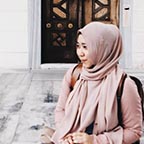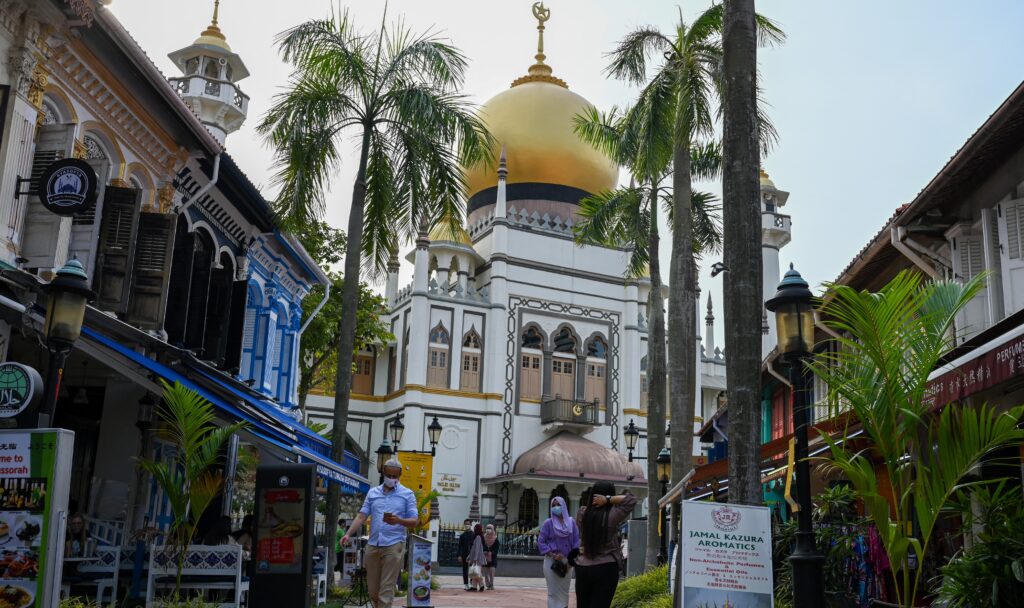
- 20 Feb 2019
[MEI SALON] A Stroke of the Cultural Pen – Arabic Calligraphy

The Middle East Institute invites you to MEI Salon, a series of special events conducted in a casual relaxed setting aimed at making Middle Eastern culture more accessible to everyone. We strip away the academic jargon, and keep things light-hearted and interactive with topics that range from the sublime to the ridiculous.
Here are three reasons why you’ll be interested:
- It is not all talk and no action. Apart from a brief sharing session on a particular theme/topic, every Salon event will also include a hands-on activity. You could learn how to make a Middle Eastern dish, play an instrument, or learn how to put on the ghutrah (Male Arabic headgear)!
- The Discourse. You get to decide how the discussion flows. No moderator, no Chatham House rules, no preferred Q&A structure. (Just don’t hog the floor).
- Your time to shine. Not an expert but fascinated by a facet of the Middle East? You are most welcomed to be one of our speakers at a future Salon event.
Eager to be part of this exciting cultural endeavour? Register as soon as possible as seats are extremely limited. In this edition, we feature Arabic or Islamic Calligraphy that has been the epitome of Islamic civilisation and the main visual culture over the past 1400 years. Come on down to MEI for a demonstration by an expert and try your hand at Calligraphy!
About Arabic Calligraphy
Arabic Caligraphy practice has become one of the essential methods of artistic expression and has spread across different regions spanning from North Africa, to Islamic West, to Malay Peninsula, and to India. The Arabic language was not only esteemed for its content but its form as well. The fundamental purpose of Arabic calligraphy was the writing of the Holy Book of Islam, the Quran and until today, the art of calligraphy is regarded as one of the highest form of Islamic Art. Compared to Chinese and Japanese calligraphy that is known for its fluid expression through the brush, this traditional art uses a pen often made from reed or bamboo that affects the uniformity of the Arabic letters.
Over the years, Arabic calligraphy has also evolved, producing different types of scripts due to regional influence and for various purposes of the Islamic empire. There are 7 main scripts in traditional Arabic Calligraphy; Riqah, Diwani & Diwani Jali, Ta’liq, Naskh, Thuluth, Maghribi and Kufi. This short session will cover a brief historical background of the various Arabic calligraphy scripts, its use and implications on Islamic Art and Architecture from the past till today.
About the Speakers

Islamic Calligraphy Artist
Projectkhat
Nur Afiqah Agus is an architectural designer and Islamic calligrapher. She recently completed her Bachelors and Masters in Architecture from NUS in 2018 and has been producing Modern Calligraphy Art under her own brand; Projectkhat since 2014. She is currently trained in 2 traditional Arabic calligraphy scripts; Maghribi and Diwani under various Calligraphy teachers and is also assisting in the teaching of the art. She has completed her certification in Maghribi Script under Fathiah Abdussamad, a student of master calligrapher Sheikh Belaid Hamidi, from Morocco. As an Islamic Art and Architecture enthusiast, she is currently learning other forms of Islamic Art such as Islamic Geometry and Islamic Ornamentation that are often coupled with Islamic Calligraphy and Islamic Architecture all over the world.
Event Details
Block B, 29 Heng Mui Keng Terrace
Singapore 119620




